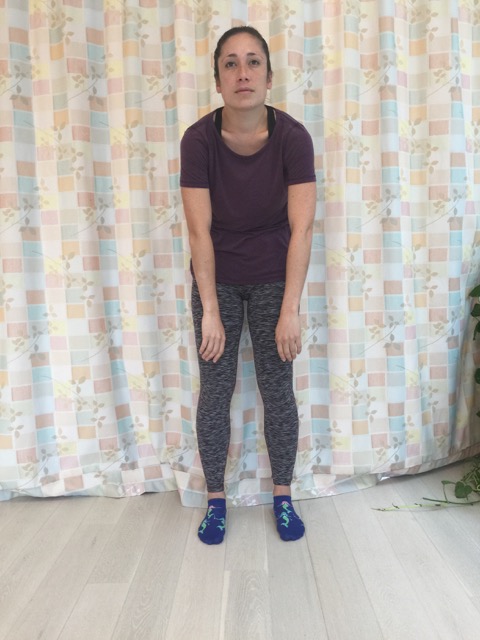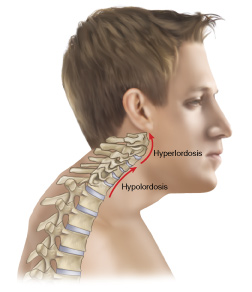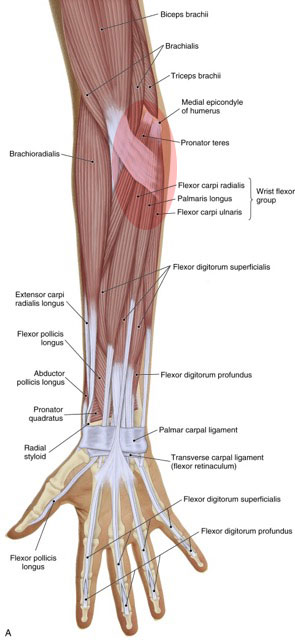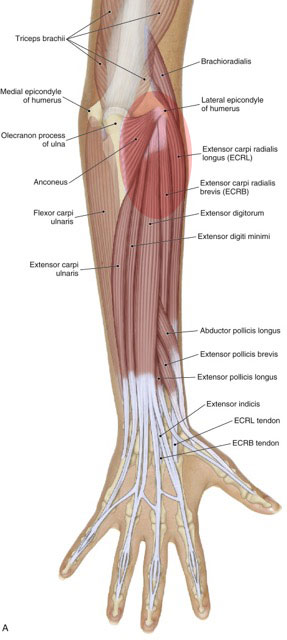The first and most obvious sign of upper crossed syndrome (named by Vladimir Janda) is the characteristic postural dysfunction of protracted scapulae, medially (internally) rotated humeri, hyperkyphotic (overly flexed) upper thoracic spine, and a protracted (anteriorly held) head.
Signs, Symptoms, and Assessment (Diagnosis) Slumped Spinal Posture
Slumped spinal posture is characterized by slumped postural dysfunction from the pelvis to the head. Assessment is made upon static postural examination.
What are the signs and symptoms of Golfer’s Elbow?
The most common symptoms of golfer’s elbow (medial epicondylitis / medial epicondylosis) are pain and tightness at the common flexor belly/tendon.
What are the signs and symptoms of Tennis Elbow?
Symptoms of tennis elbow include pain and tightness at the common extensor belly/tendon, directly distal to the lateral epicondyle of the humerus.




